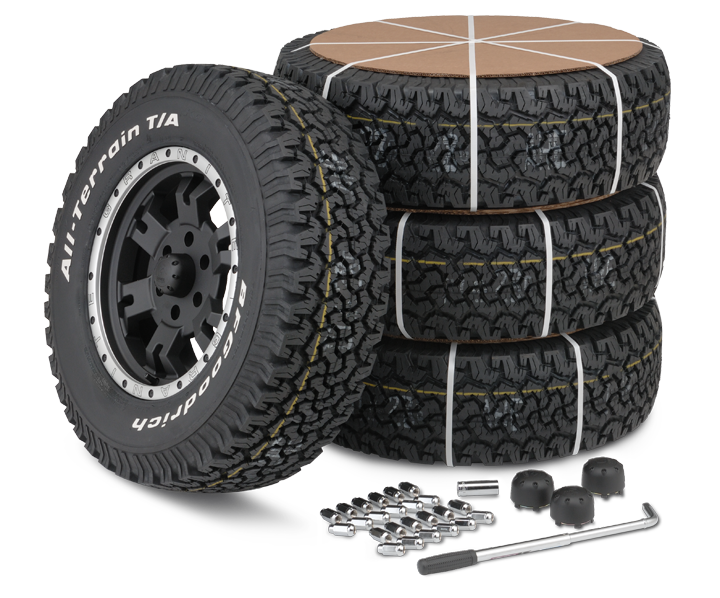Discover Top-Quality Tires Morris IL: Choose the most effective for Your Lorry
Discover Top-Quality Tires Morris IL: Choose the most effective for Your Lorry
Blog Article
Tire Service: Understanding Tire Stress Tracking Solutions
Understanding Tire Stress Tracking Solutions (TPMS) is a critical aspect of preserving optimal lorry efficiency and safety on the road. With improvements in automotive modern technology, TPMS has actually come to be a conventional attribute in modern-day vehicles, offering real-time info on tire pressure levels.

Relevance of TPMS
The importance of Tire Pressure Surveillance Solutions (TPMS) depends on their capacity to enhance vehicle safety and efficiency with real-time surveillance of tire pressure degrees. Keeping the proper tire pressure is essential for making sure optimum handling, braking, and overall security of a lorry. TPMS supplies chauffeurs with instant responses on any kind of overinflated or underinflated tires, enabling timely adjustments to be made.
Components of TPMS
Sensing units are typically situated in the tire shutoff stem or attached to the wheel setting up, where they determine tire pressure and transfer data to the control component. Some progressed TPMS versions likewise show the actual tire stress analyses for each tire, supplying drivers with real-time details to make sure ideal tire performance and safety and security. By monitoring tire pressure constantly, TPMS aids prevent crashes, minimizes tire wear, and improves fuel performance, making it an essential component for car safety and performance. mopar tire service specials.
Kinds Of TPMS

On the other hand, indirect TPMS counts on the automobile's wheel speed sensors to keep an eye on tire stress. This system identifies underinflation by comparing the rotational rates of the wheels. Indirect TPMS is less expensive than direct TPMS, as it uses existing sensors within the car.
While direct TPMS offers much more exact readings, indirect TPMS is easier in design and generally calls for much less maintenance. Both systems have their advantages and restrictions, and the option between them frequently relies on elements such as cost, car make, and individual preference. Recognizing the distinctions between these two types of TPMS can assist car owners make notified decisions regarding tire upkeep and safety.
TPMS Maintenance Tips
Conduct routine checks on the tire pressure levels and contrast them with the TPMS readings to ensure they are constant. Throughout tire turning or substitute, make certain that the TPMS parts are handled carefully to protect against any kind of potential damages. If the TPMS warning light brightens on the control panel, attend to the issue immediately by checking the tire Learn More stress and the overall system for any kind of mistakes.
Benefits of Proper Tire Stress
Maintaining appropriate tire pressure, as emphasized in TPMS Upkeep Tips, is critical for enjoying the various benefits linked with optimum tire pressure levels. One of the key advantages of keeping the right tire stress is enhanced fuel performance. When tires are correctly pumped up, there is much less rolling resistance, bring about far better fuel economic situation. Additionally, appropriate tire pressure guarantees also tire wear, extending the life-span of the tires and promoting much safer driving conditions. With the right tire stress, vehicles likewise have much better handling and traction, especially in negative climate condition. This can enhance total driving efficiency and safety and security for the motorist and passengers. Maintaining optimal tire stress can add to a smoother and much more comfy experience by minimizing resonances and sound triggered by underinflated tires. To conclude, the benefits of appropriate tire stress go beyond simply tire longevity; they incorporate improved gas performance, improved security, his explanation much better automobile performance, and total driving convenience.
Conclusion
In final thought, recognizing tire pressure monitoring systems (TPMS) is critical for preserving ideal tire pressure and making certain lorry safety and security. By recognizing the value of TPMS, knowing with its elements, understanding the various types available, adhering to correct upkeep tips, and understanding the advantages of preserving correct tire pressure, vehicle drivers can enhance their driving experience and prolong the lifespan of their tires. Correct tire pressure is essential to reliable and secure vehicle procedure.

Report this page